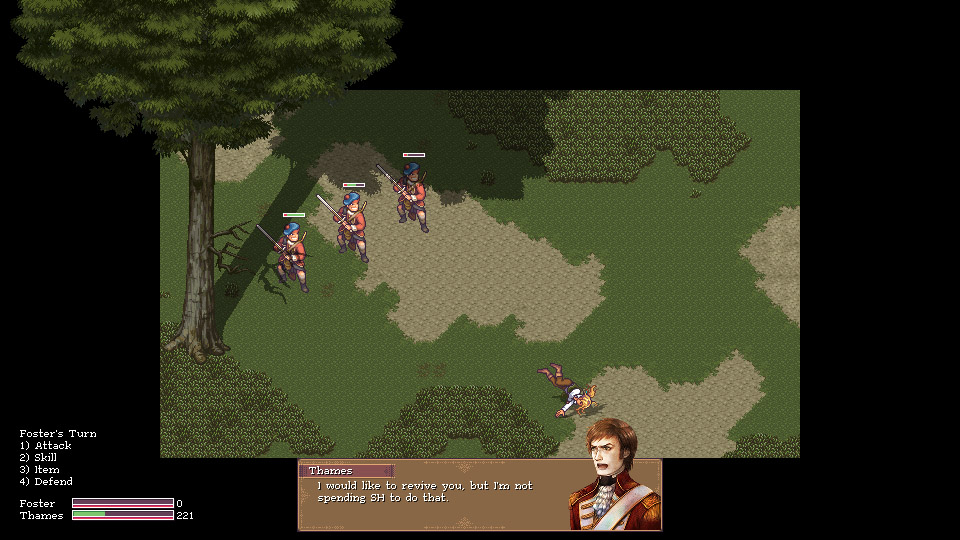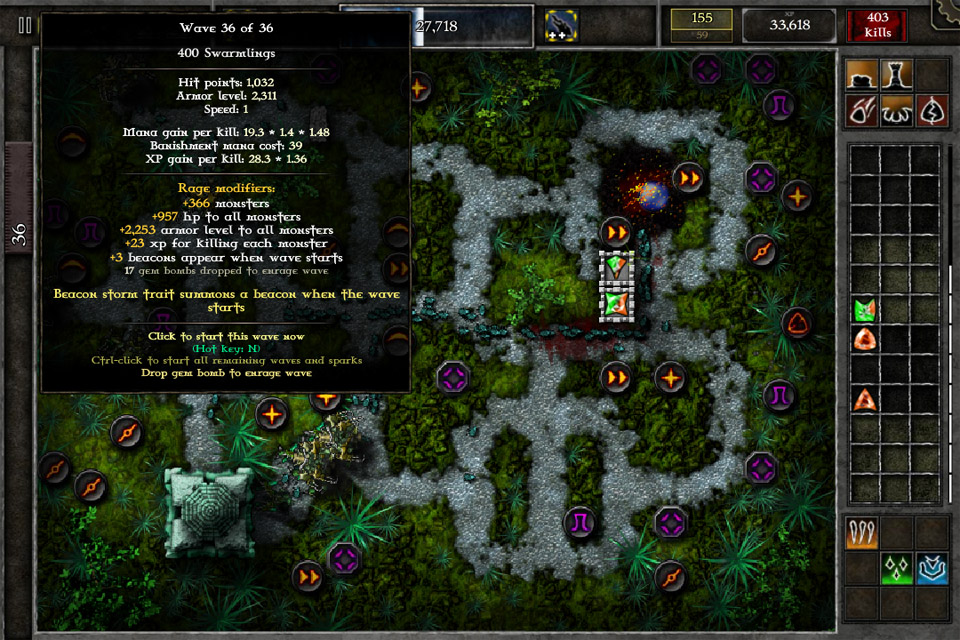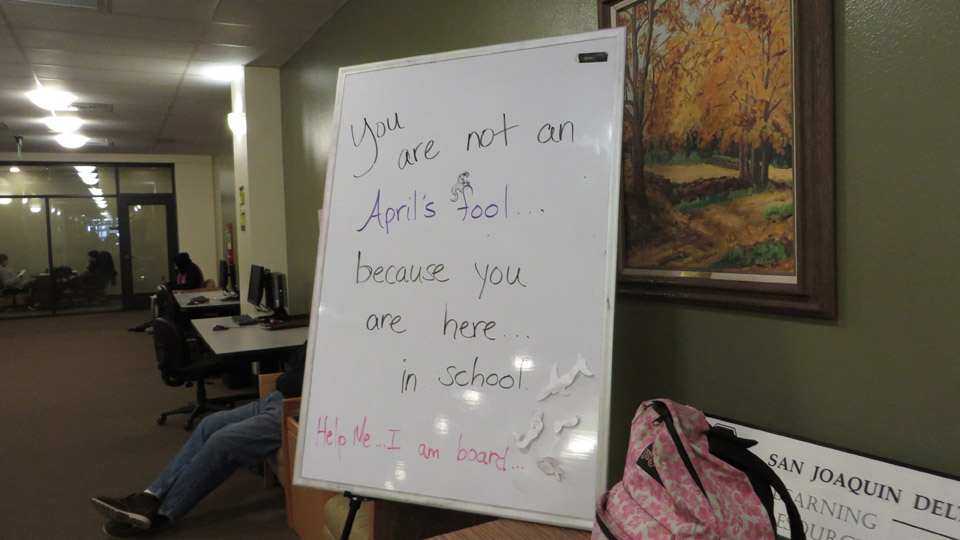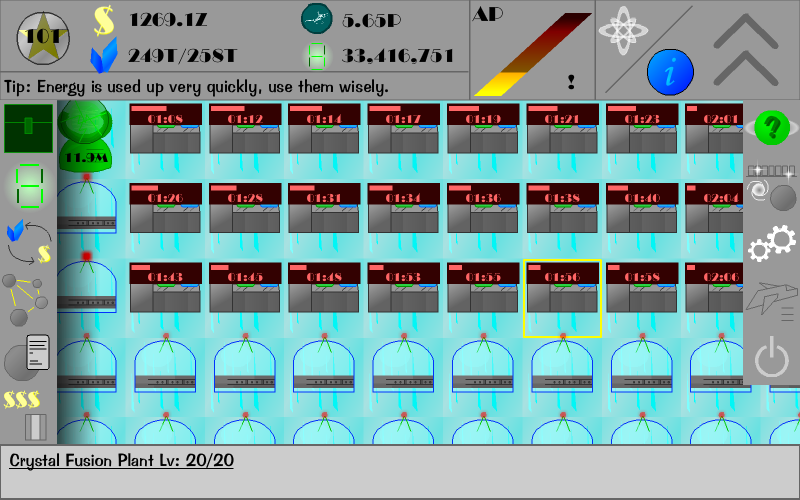
How the endgame looks like, where any basic resource you had at the start is largely irrelevant.
Helixteus is a strategy / idle space game where pretty much everything is procedurally generated (an area which I support). Except that the strategy is more like ensuring you have more powerful ships to conquer (more in reality be able to explore) planets, solar systems, galaxies, etc., and idle doesn't occur until a ways in, when research allows you to get stuff passively as long as resource generators aren't full (though the game also runs when you're not playing).
The game's over there. Review's over here based on beta v1.30, but it's still in development, so I'll give it a month to see if new things are introduced and update from there.
A sequel, Helixteus 2, was released a year later, and its appropriate walkthrough is available on this page.
GUI Interface, help, etc.
A larger canvas size might be needed since all the gui elements makes the game a bit tiny, even though you can zoom out. Some elements are a bit misleading, particularly on DirectMax (which you had to max a certain amount of that building manually before you can DM them). I don't review graphics unless there's clear flaws in them, which there aren't. And then there's the collect all (next to the blue I), where it's not even clear what it is until you click it after you researched that.
And there's some clunky mechanics regarding planet selection, naming (I see lots of Planet 0's, Planet 1's, etc. on Global Planets as more are captured, where it takes a lot of clicks to find out where each one's at in the universe. Or maybe it isn't that important) and retreating in a battle (it involves having to move a fleet to another planet first before sending that + more units to attack the planet again). They'll probably be fixed soon.
Some settings, such as time between saves, should not be set to low values, such as .5 second; should it take longer than that to save the game (and late game it will) the game will lock up and you'll probably lose the savefile.
Starting Out
- You build an ore mine from the tutorial, convert to cash, build more, etc. Build only a few power plants, enough to get upgrades and send ships out.
- When reaching 10 or so ore mines, a shipyard can be built, several T1 ships (and maybe to T2), and clearing the entire system. This should allow you to expand ore/power plants on nearby planets, with at least one level in path 3.
- Remainder of the Galaxy can be accessed using T2 and T3 ships. Quantity over quality since it allows you to lay down more shots. Continue expanding, and build a handful of Institutes and upgrade main power/ore base production/storage, and rest storage only.
- On Institutes, Overclock, upgrade, speedup, and repeat, for fast SP. Repeat for main base power and ore (L6 for now). T3 ships. Taking planets is now the majority of income for now. Idle on the planet with power plants and wait for energy balls (you do need to upgrade them a bit before they become useful).
- Start research on collect all.
Midgame (Galaxies, Superclusters)
- You should be able to build a probe at this point, and find at least an O star, where Solar Plants can then be built. The energy costs might be a bit high to send powerful ships through superclusters, so take a weak planet and a fleet just good enough to beat them, build a starbase there and rebuild a fleet. Stock up on XTRM specs - you'll need them.
- The XP from the former should be enough to access some tile operations, like upgrade all and speedup all. The Upgrade All / Speedup all
- More SP facilities and proceed through the upgrade tree. If you have upgrade all and speedup all, use them while overclocked, they give more SP than it uses. Use that to finish the science tree.
Endgame (Achivements)
Resource generation now tends to fall in these categories now using these methods (assumes you maxed out your science tree):
- UPXP: You should not worry about this value. DMaxing Ore Storage and Solar Panels should be enough to raise it to get achievements. (Note that while DMXed panels are cheaper than their Lv25 components they are also reducing your XP gain as well so you'll need to max them manually to get the full benefit. Thankfully the time to build is much shorter each time you do that on the same planet (it might take a few minutes for the level counter to catch up). You won't be able to max solar panels until your cash flow is in the E range (the price range is actually so large I had to put the details in respective article since no one else had them).
- Energy: Get maxed out Solar Panels near an O star and overclock to 25x. Idle here if you want to get passive energy but make sure you collect as there's no idle generation when they're full. There's up to 1000 luminosity per blue sun (more if you established them before the recent patches), so 25 x15T = 375T per hour if distance is 0.5)
- Cash: Late game crystals sells millions of times higher (or more) than the ore itself, especially when your ratio is at high values (since its sell price also increases exponentially; at 1:259, quillite sells at ~510E cash). You'll need a planet of fusion plants since making them takes a while, even with full upgrades. (100B ore makes high level crystals consistently at a rate of 50%). The dev probably expects you to take this path anyways, as they are used for other endgame content like crafting.
- Ore Storage: 1 DMaxed ore mine to reduce the build time, and then fill the rest with Ore Storage. Use a UT Speedup instead of finishing all buildings on planet since its fewer SP spent. You'll need the ore to bump up the Higher ore/gem value. Convert cash to ore. Buy upgrade. Rinse, repeat (you'll run in into the 'can't convert all to ore' box every time). Yes, there's a wall, but that exists at around 1:300 or so, where you need so many storage tanks to upgrade by 1, you'll probably crash the game eventually. Future updates might allow more.
- Research Points: v1.30 makes them much more useful. If cash / energy is not an issue, which it shouldn't be, fill with Institutes, overclock 25x, and then finish construction. They only give you a Lv20, so top it off to Lv25. Then collect. On a 14x14 planet, it costs 50M to complete the above, and you will collect 768 billion SP. (Note: the SP cost for filling is 500 * (Institutes Placed ^ 2.38), and more to complete them.)
- Exploration: Never place probes on full energy saver. You'll be waiting at least a month without speedups and most likely you'll scrap them for a faster speed one. Also for battles never use UT XTRM Spec (even though its 7x stats) since its SP cost is exorbitant for large T5 fleets, which you're probably using them on.
An interesting note is that even though the probe's speed is set to one over 9000, any other ship can exceed that at this point in the game.
- Taking Late Game Planets: When the difficulty rises above 500M, you'll start having mobs with at least 10T HP, 1T atk, 1T def, etc. Builds focus on only two things: Being able to stunlock and having enough HP to survive the battle while tanking. Although rocks might be worthless with atk and def (smaller ones are worth no more than one or two spec points each) you'll need as many as you can to boost HP. Fleets with at least 300T HP, 350T attack, 15B defense, and 50k ships are required to have a chance of surviving here.
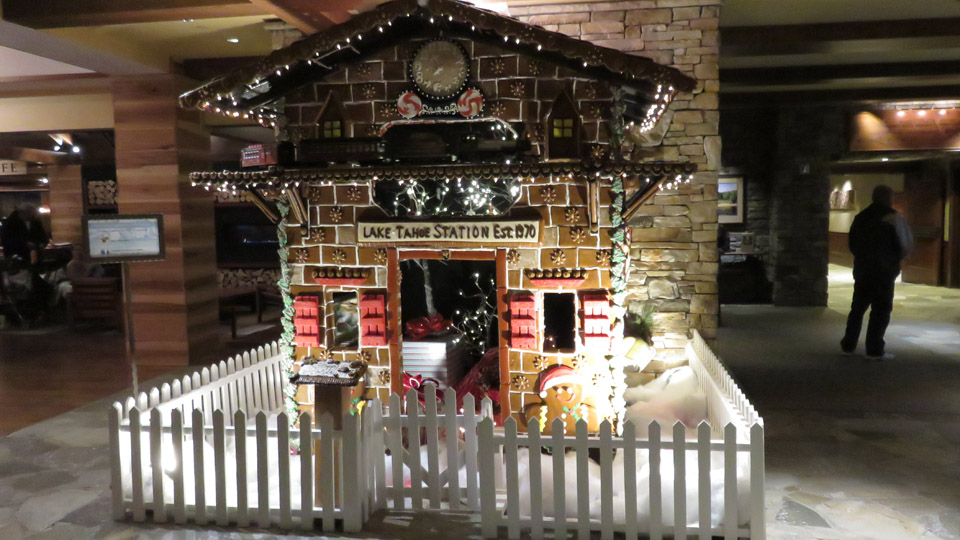

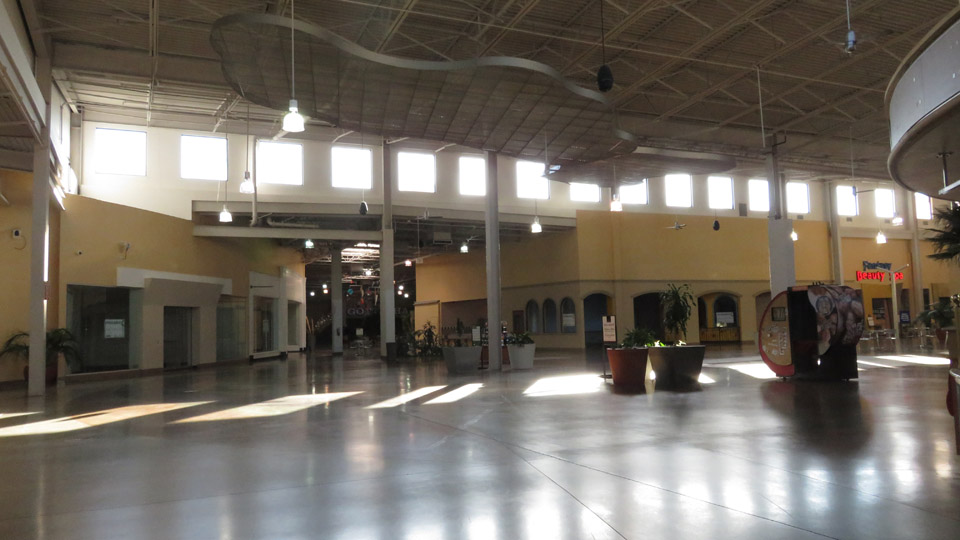





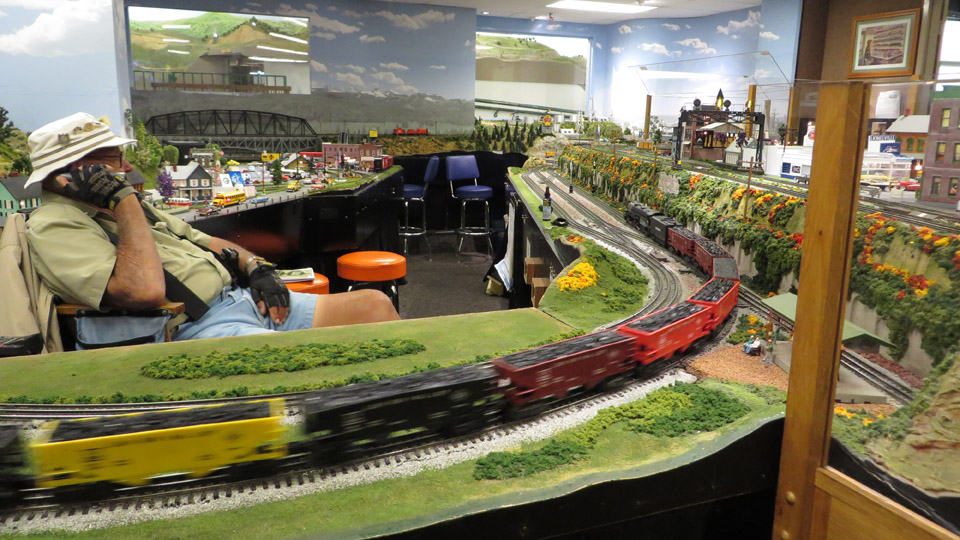
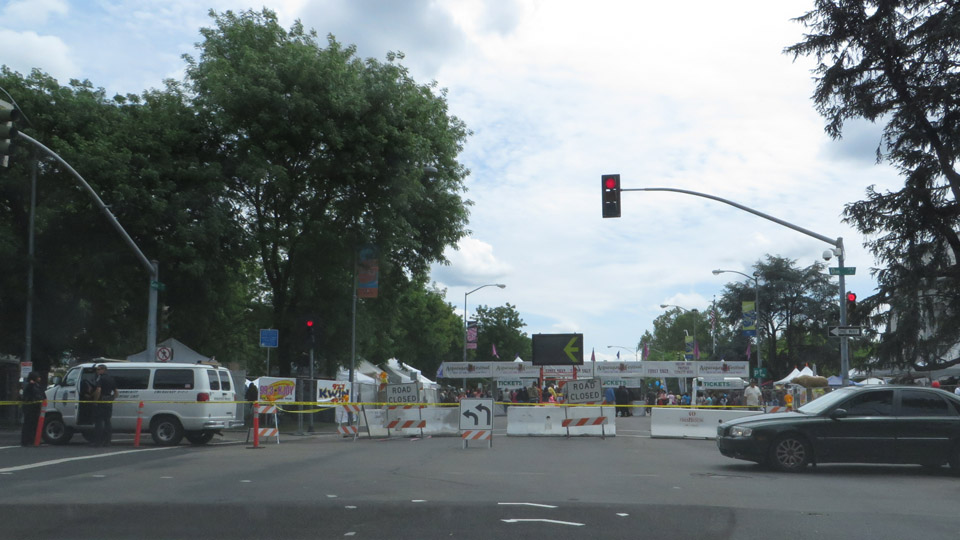 Turning away from it, for the last time.
Turning away from it, for the last time.

